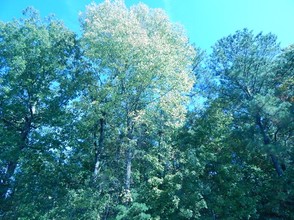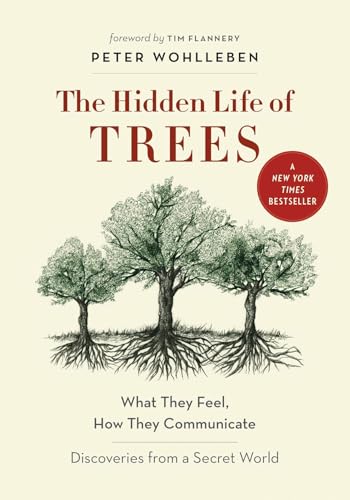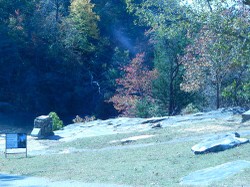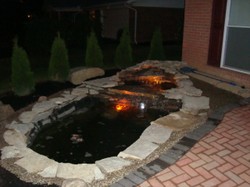Trees serve purposes, and there are many good reasons to plant trees, but there are things that must be avoided. As with most things, there is no simple answer for all occasions.
The first thing one must consider is what type of tree is to be considered. Next, one must decide if it is the right time of year to plant the tree in your area, or if it should be planted in your area at all. Then comes what reason there is for planting the tree in the first place. It could be for shade, or to help mitigate global warming. Finally, consider those things that could be detrimental to having the tree in the future. Can it do damage? And will the eventual removal of the tree be inconsistent with the original goal.
Some of these are obvious, we should plant trees that will thrive in an area at the right time for planting. Others can be easily overlooked.















 UAPs, Formerly UFOs, If They Are Real How Can We Explain Their Arrival to Earth?9 days ago
UAPs, Formerly UFOs, If They Are Real How Can We Explain Their Arrival to Earth?9 days ago
 Polar Coordinate System11 days ago
Polar Coordinate System11 days ago
 Aurora Can Disrupt Electrical Devices And Even the Grid?12 days ago
Aurora Can Disrupt Electrical Devices And Even the Grid?12 days ago
 Overcoming Difficulties Encountered with Mathematics13 days ago
Overcoming Difficulties Encountered with Mathematics13 days ago



Comments
That is a typo, it should be shovel.
blackspanielgallery, Thank you for the practicalities and products. The tree-filled vintage poster looks particularly educationally entertaining and entertainingly educational.
Virginia Tech, through its advanced master gardening programs in land, tree and water stewardship, indicates that root spread tends to be twice the height of trees such as white pines that are taller than they are wide and to be thrice the width of trees such as box elders that are wider than they are tall. It ideally locates trees no closer to residences than distances equivalent to beyond their mature heights.
Is there a tree that does all that pines do without becoming so terrifying in severe weather?
In your conclusion, you mention a tree as a "shover." Would that be a longstanding or recent or regional moniker that I've somehow missed for a tree?
Here pines look nice when small, and provide good shade when fully grown, but after a hurricane such as the one yesterday it seems they are often the trees that hit houses when they fall due to wind or are split by lightning. Thirty feet looks far enough from structures when they are young, but they reach so high they can hit things years later when they have grown.
In Hurricane Katrina in 2005 I would have had damage from a pecan tree if it had not been caught by a fig tree,
One nuisance tree that came with the house when I moved here was a wax myrtle that was too close to the building, and even after it was removed continued to sprout from the roots years later.
A good article.
A garden near my previous house had a large eucalyptus which had to be felled. Eucalyptus have evolved to suck in much water, so it was drying the ground and potentially undermining the house.
Also, soil must be considered. Soils can be acid, neutral or alkaline, and some trees prefer one or the other. For example, rowan [mountain ash] likes acid soils, whereas there are no field maples in my area as they prefer alkaline soils, whereas round here they are slightly acid. Aspen, alder and willow like watery places.
Soil nutrients sometimes put constraints on what can be grown. During the potato famine of the 1840s a priest in Connemara managed to get funding to provide work by planting a forest on a barren hillside. Despite his good intentions every tree weakened and died. The reason was that the soil was deficient in trace elements needed by trees. This is a rare case. but it reveals problems that can occur.